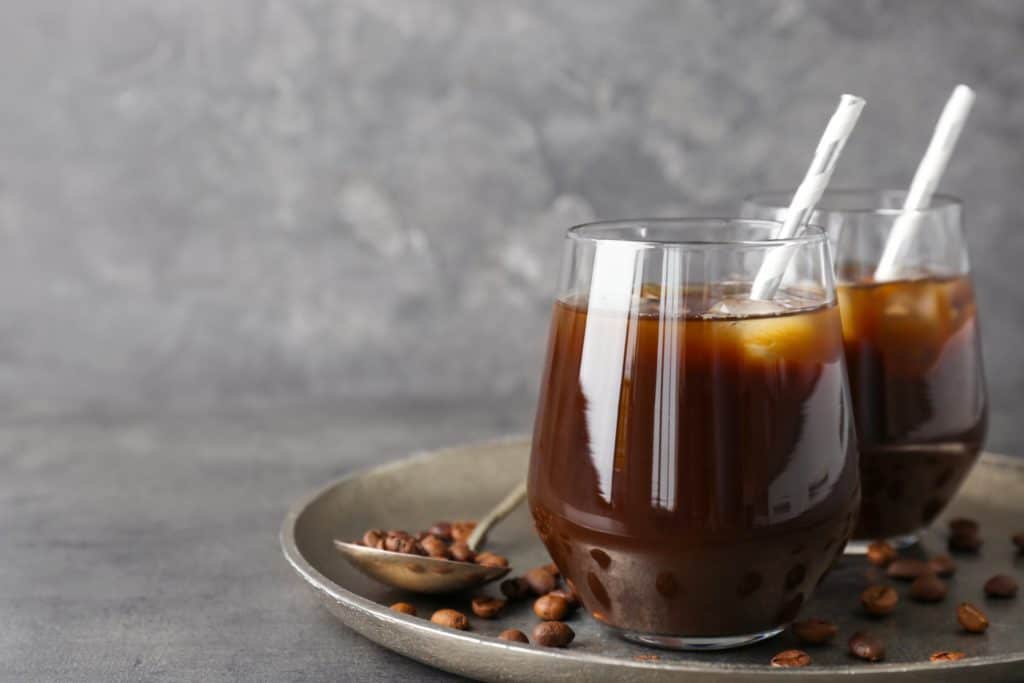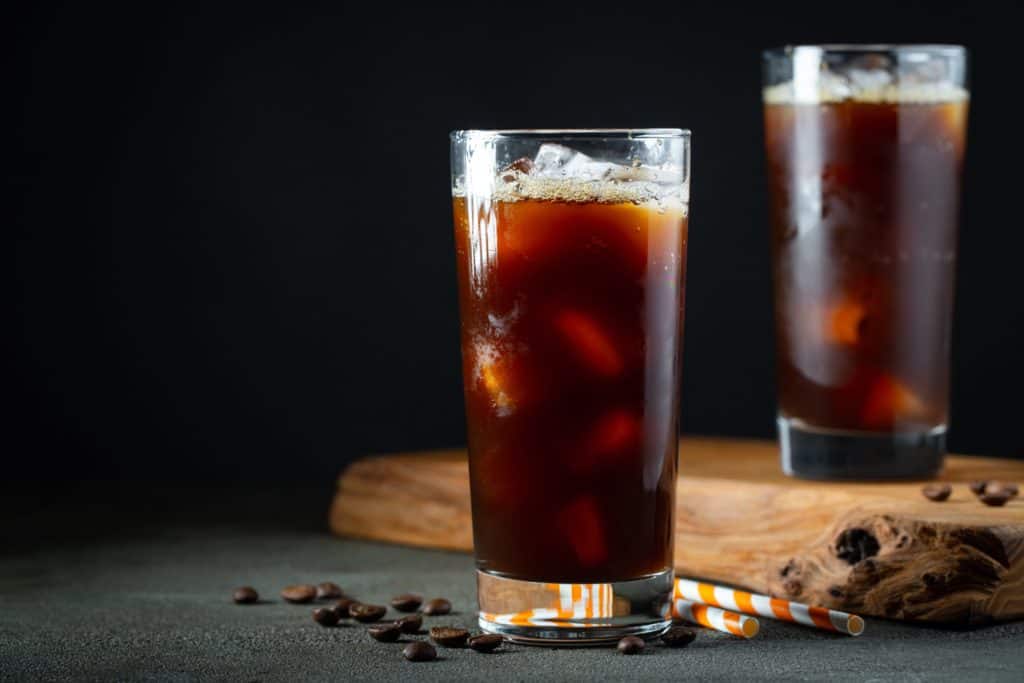
Coffee is a morning staple for many people. Some love and prefer their cold brew rather than hot coffee, while others have only had hot coffee. But is cold brew coffee sweet?
Cold Brew Coffee is known for being less bitter than other types of coffee due to the low temperature brewing. The extended brewing process of more than 12 hours promotes a smoother and milder flavor due to the time water is in contact with the beans. The cold brew recipe can impact how bitter it is.
This answer is simple. However, there are many factors that can impact the flavors that a cold brew has. Some of these include the type of bean, the environment where the coffee grew, and the treatment of the coffee bean plants during production. So, make sure to keep reading below to find out more about cold brew coffee and its flavors!
Types of Coffee Beans
The type of coffee bean used in a brew impacts the flavor immensely. This means it is important for a coffee connoisseur to be aware of the different types of coffee beans and the flavor differences and benefits. There are two main types of coffee beans: Arabica and Robusta.
Arabica
Arabica coffee beans are grown in many different regions around the world. They are known for having more coffee oils on the beans than Robusta. The oils often are what lead to a sweeter taste. They are also one of the most common beans used in coffee brewing due to the majority of the general public enjoying the flavor.
About 70% of brews are made with Arabica beans. They can be slightly more expensive than other types of beans due to the high demand. The main downside of Arabica beans is that they have a much lower caffeine content than Robusta. The caffeine difference between Arabica and Robusta starts at 50% and can be higher.
Robusta
Robusta is a coffee bean that is grown in a variety of regions around the world but is usually grown in Asia. This type of bean has less coffee oil on the bean, so they are typically considered to be more bitter. They are used for expressos and many other types of coffees as well. People typically use this bean for the caffeine boost or in combination with other beans or flavors. These beans are also one of the cheaper options available, which is one of the reasons why so many people purchase them often.
There are a few other types of beans available to purchase as well, but they are harder to find and are usually more expensive.
What Beans are Typically Used in a Cold Brew?

There is no specific type of bean that is preferred for cold brew. Cold brewing is just a method choice, and the bean flavors remain entirely up to an individual and their personal preference.
There are some different tips and tricks that brewers swear by that are meant to make whatever bean a user chooses good for cold brewing. Some of these tips include using only one type of coffee bean, a thicker grind, and a darker roast. It is also highly recommended that people leave the beans for 12-24 hours in cold, filtered water.
The main reason why filtered water is recommended is that filtered water has a softer and sweeter flavor than tap water. This can help promote fewer bitter flavors in the cold brew.
Regardless of the bean type, the most important thing to remember is that the difference in brewing methods will bring out a different flavor. This is caused by the flavors being extracted at a slower rate with a milder pull than hot brews.
Boiling the beans tends to force any and all flavors to leave the beans, good and bad. Cold brew can reduce acidity because the bean isn’t being stripped clean of all flavors. The acidity stays behind in a cold brew. This means it is possible to use a bean that is not as sweet in a cold brew and still does not need a ton of additives to reduce the bitterness.
What Flavors are Common for Cold Brews?
There are not necessarily any common flavor profiles for cold brews. Most people stick to just the cold brew coffee and some ice. Other common choices include milk, sugar, honey, or an artificial sweetener. Some people enjoy going out of the box, so they enjoy trying different add-ins.
Some of these add-ins that are recommended include:
- Orange juice
- Milk or milk alternatives
- Vanilla
- Cinnamon
- Coconut
- Raspberry
- Alcohol
- Bananas
- Chocolate
How Does the Environment Impact Coffee Flavor?
The environment that a coffee bean grows in impacts coffee flavor due to the different nutrients in the soil, the plants that are growing nearby, sunlight options, and the hydration levels offered.
Altitude is one of the greatest influences on a coffee bean’s flavor. There are some rules of thumb that can help people find the flavor profile they want. At 3,000 feet, the beans tend to have a smooth and sweet flavor. At 4,500 feet, the beans can be a little bit more rich, nutty, and chocolatey. At 5,000 feet, the beans tend to produce spicier and even some fruity notes.
Heat can also have a big impact on the flavor due to the speed at which the plant ripens. 64-70 degrees Fahrenheit is the optimal temperature for growing coffee beans. Any temperature over or under that impacts the growth process. If it grows too quickly, the coffee bean will have an odd flavor.
How Does Coffee Bean Growing and Processing Impact Flavor?

There are many ways people treat coffee beans that can impact the flavor. If the bean was processed through the drying method, it shall have less acidity. If they were processed using the honey method, they will typically have a sweeter taste. Just in case, honey method doesn’t mean mixing coffee beans with actual bee honey, we cover that explanation in this article.
After considering each of these factors, it is clear that there are many options and factors that change the flavor of a bean and cold brew. It is possible that there is a cold brew that is made to suit every person and their individual tastes. It all comes down to picking the correct bean and going from there.